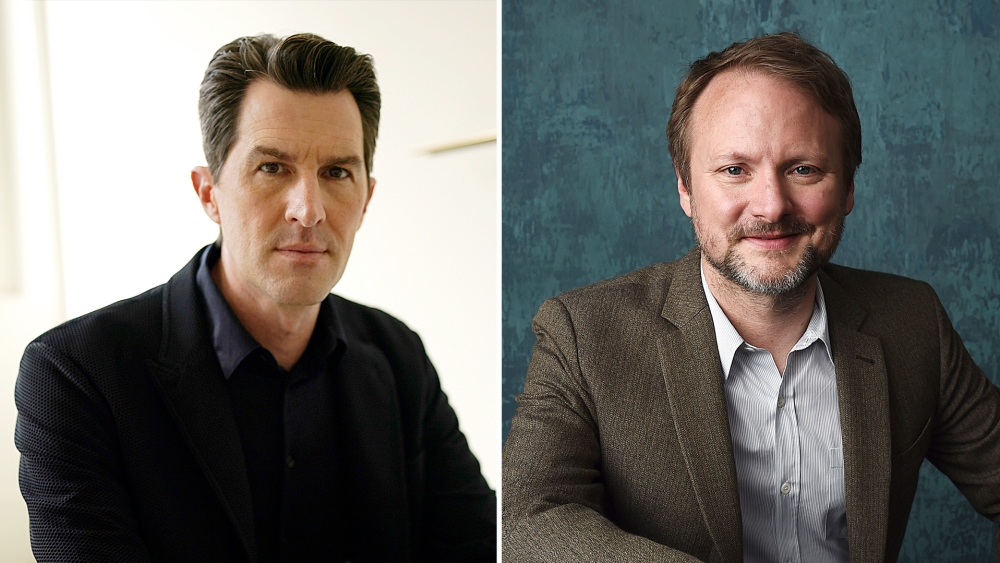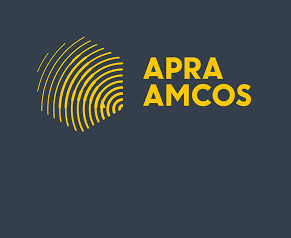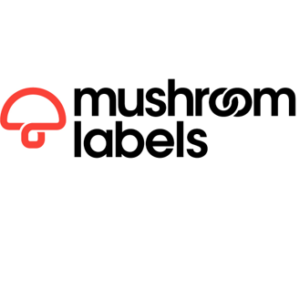Joseph Kosinski’s first meeting with Tom Cruise about directing a sequel to the 1986 blockbuster “Top Gun” was in 2017. Five years later, “Top Gun: Maverick” finally opened, after the pandemic led Paramount to delay its 2020 release until May of this year, when it could play to a global theatrical audience — and did it ever, earning nearly $1.5 billion worldwide.
By contrast, “Glass Onion,” writer-director Rian Johnson’s sequel to 2019’s “Knives Out,” came together quickly after Netflix snapped up the rights to the murder mystery franchise, starring Daniel Craig as detective Benoit Blanc. The original was a theatrical sensation, but Netflix released “Glass Onion” in around 600 theaters for a seven-day run over the Thanksgiving holiday; its streaming debut is Dec. 23.
The filmmakers, both 48, talk about working with their A-list stars — including a touching scene in “Top Gun: Maverick” between Cruise and Val Kilmer, who lost the use of much of his voice due to throat cancer — the complex logistics of crafting a crowd-pleasing blockbuster, and their shared perspective on the so-called rivalry between theaters and streaming.
Joseph Kosinski: Did you ever do an acting class before you started directing?
Rian Johnson: I did improv classes in college.
Kosinski: By choice? You wanted to, or you felt like you had to?
Johnson: No, I wanted to. I thought it was really fun — and terrifying in a fun way. Did you?
Kosinski: I made myself do it on recommendation from someone when I first moved to LA. I’m glad I did. For me, it was just about building empathy for what they’re going through.
Johnson: What was your entry point into “Top Gun: Maverick”?
Kosinski: It really started when Jerry Bruckheimer sent an early version of the script to me. I knew that Tom would be reticent to go back to that character unless there was a real strong emotional reason. So the notion of Maverick having to reconcile a relationship with Rooster, his wingman’s son, to me seemed like a great way in. I flew to Paris with Jerry to pitch Tom in between setups while he was making “Mission: Impossible.”
Johnson: Was he on the wire while you were pitching it? Was he hanging upside down?
Kosinski: No, it was a pretty mellow day by “Mission: Impossible” standards. I started with that Rooster storyline, and I could see his mind start to turn, and he started seeing a way into this character. Tom basically greenlit the movie at the end of this meeting.
Johnson: That’s amazing.
Kosinski: The plot of “Glass Onion” is a puzzle. Does someone ever bring up a flaw in the logic that requires you, on the fly, to rethink?
Johnson: A hundred times a day, you’ll see an actor coming towards you, and you’ll see in their eye they have a question. On a whodunit, every single time that happens, it’s the scariest five seconds, because you think they’re going to ask the question that reveals the inconsistency where this whole thing unravels. Partway through shooting “Glass Onion,” there was one thing — I think Daniel caught it. It was mostly terrifying because of the idea that I know I could fix this, but, oh shit, did I miss something else? And Daniel would somehow lose faith in me and be like …
Kosinski: “He doesn’t know what he’s doing.”
Johnson: “He bleeds!” Yeah.
I want to talk about your experience with Tom. There’s the mystique around him that he’s incredibly engaged with the filming. I would think he’s almost more of a partner with you in the process.
Kosinski: Absolutely. He approaches the film as a whole, not just from the point of view of his character. So every single day, there is always a very collaborative conversation where you’re just pushing every scene, every shot, every idea in the film to its max. Tom will say, “I’ve made every mistake, so I don’t want to make those again.” On this film, I think it was a scary thing for him to jump back into because there’s a million ways it could go wrong and only one way it really could go right. He kept saying, “Hitting a bullet with a bullet, Joe. We got to hit a bullet with a bullet.”
Johnson: I was going to ask about the Val Kilmer scene. At what point in the writing did that scene come in there? And also just, what was that day like on set, man?
Kosinski: One of the most memorable days on set, for sure. It was Val who came up with the idea of Iceman being ill. I thought it was a very brave idea on Val’s part, but obviously then opened up this whole storyline for Iceman and Maverick that then we worked into the script. In the first versions, Iceman and Maverick had a conversation all the way through the scene — it was more spoken. As we got further into it, we changed it so that Iceman types out the first half of the scene.
Johnson: And was that just because of Val himself?
Kosinski: Yeah, part of it was that, the difficulty to speak. But also, it really charged the moment at the end of the scene where Iceman does speak. We had a version where we didn’t have the joke at the end and it was more a somber scene, but the joke made it in there.
Johnson: It’s a perfect grace now. And also it’s a release for the audience, it’s exactly what you need but doesn’t diminish the emotional wallop that came before it.
Kosinski: Those two guys together, it wasn’t a lot of takes. And what you see on screen was very much, you felt it in the room on the day. That’s one of those days I’ll never forget.
Johnson: I can only imagine.
Kosinski: Do you storyboard, or do you work with someone? Or do you chicken scratch and then have them translate?
Johnson: I chicken scratch. If you could see my chicken-scratch drawings, you would get up and walk off this set, Joe. You would say, “I’m not dealing with a serious person.” They’re literally stick figures.
Kosinski: How many cameras do you like to shoot with at once?
Johnson: We used three on certain scenes in this one for speed. When it’s time to get all the reaction shots, we would spread out around the set and have three cameras getting three different angles. That’s the only way we could have possibly ground through it all.
Kosinski: We would usually do two or three camera setups on “Top Gun.” But there were days — the aerial days — where we had 26 or 27 cameras going. Which, for my editor Eddie Hamilton, almost gave him a nervous breakdown. I think we had 813 hours of footage at the end of the movie that we had to cut into two.
Johnson: Wow, that’s insane.
Kosinski: The first “Knives Out,” made for the theaters. The second and third, done for Netflix. Do you approach it differently?
Johnson: No, not at all. When I shoot and when I cut, I’m thinking of an audience full of people watching it. But also, there’s so much being talked about right now in terms of theatrical versus streaming. The thing is, none of us know where any of this is headed.
Kosinski: The examples and what people can point at as successful or not successful is changing all the time. The one thing I know for sure is when a studio puts a movie in theaters, it has to be a full commitment. They have to go all in. I think if you go half in, it doesn’t work.
You’ve got a movie that’s both — it did a week in theaters, and it’s going to Netflix very soon. How has that experience been for you?
Johnson: Honestly, the experience has been great. Even though it was a limited release, they went full in on that release. Netflix engaged with the big movie chains, with AMC, Regal, Cinemark, and the theaters were packed. I want more theaters. I want longer time. And I want it to do great when it comes out on Netflix. I want to give a proof of concept that those two things can support each other. With the right type of movie — the type of movie that works with audiences — I think that they can. A great theatrical release gives you the cultural moment that’s going to carry over into something that’s massively successful on the streaming end of it. It seems so intuitive to me. I want to prove it can work so this dichotomy of theatrical versus streaming can be wiped out.
Kosinski: Very well said.
Johnson: Congratulations on being the movie of the year in terms of exactly what theaters needed at this moment.
Kosinski: Well, it was a movie that we designed for the big screen. Nothing makes me happier than having people come up to me and say, “It was the first movie I saw in the theater in over two years.” Or “I saw it six times.” And I always say, “Why? Why six times?” And it’s interesting — they always talk about the emotional experience. It’s up to us to give people a reason to go to the movies. If we can’t do that, then we shouldn’t be doing our job.
From Variety US



































